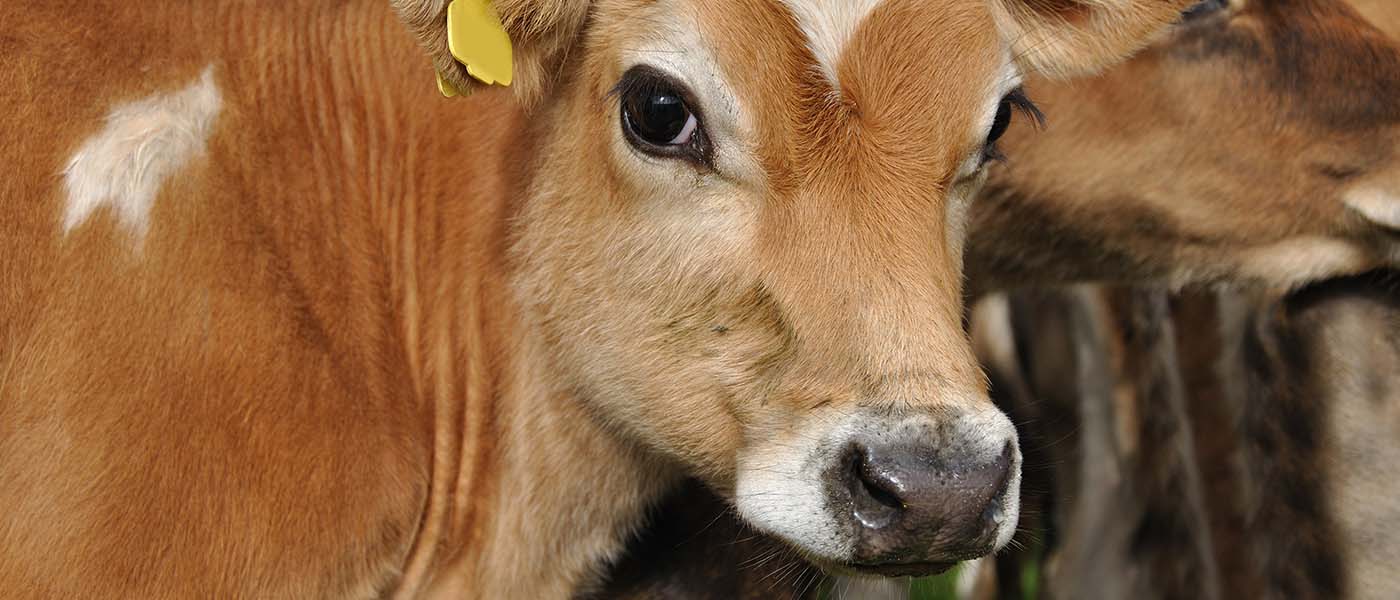
Every year the word “yersinia” gets thrown around when growing youngstock, but do you know what it is? The effects? How to treat it?
Yersinia is a gram-negative bacterium, with several different strains affecting cattle, sheep, and deer. While it is a common organism that lives in a normal intestinal tract, given the right conditions, overgrowth can cause clinical disease in either individual animals, or, occasionally, in outbreak situations.
Clinical yersiniosis is not typically a disease of adult cattle, but is more commonly seen from weaning up to 12 months old. Affected calves may be acutely presented with diarrhoea, weight loss, depression and dehydration, or even sudden death. Calves can also be chronically affected over several days or weeks, showing diarrhoea, ill thrift, poor growth, or weight loss. Diarrhoea associated with yersinosis is often a light green, watery consistency, sometimes containing blood or mucus. In R1s yersiniosis can easily be mistaken for high parasite burdens.
The bacteria are opportunistic organisms, so if the immune system becomes compromised or suppressed, the bacteria can rapidly overgrow, and this leads to clinical signs. The most common cause of immune suppression is stress! Occasionally animals with concurrent disease, for example high parasite burdens or pneumonia, can also become clinically affected by yersinia. There are a multitude of factors that can lead to stress in calves, and often there may be more than one at a time. Examples can include nutrition (ie low feed or feed change), yarding, transport, bad weather, and mixing of mobs.
As yersinia species can be cultured from approximately 25% of healthy cattle, diagnosis of youngstock should be made by culture of faeces in conjunction with a full clinical exam in order to rule out other causes of diarrhoea. Treatment choice is often a course of long-acting oxytetracycline antibiotics.
We often get asked how farmers can prevent yersinia in mobs of calves, however, as you will have guessed, the answer is not straightforward. The biggest factor would be the management of calf mobs and trying to minimise multiple stressors on calves at one time.
For more information regarding your options for vaccinating your calves against yersinia, please contact your Vetlife veterinarian.